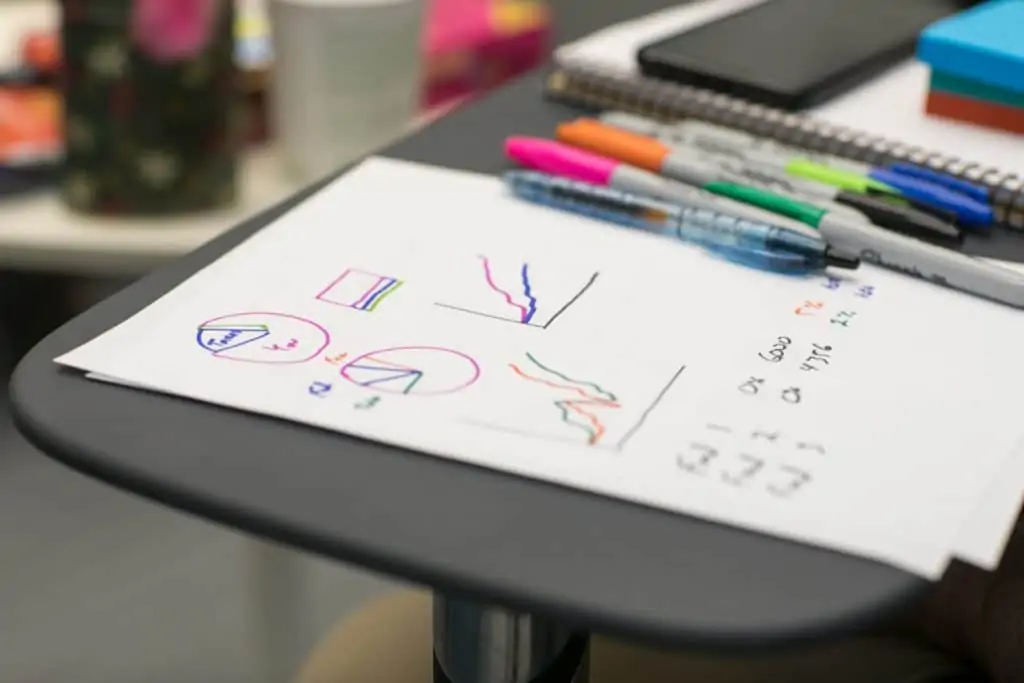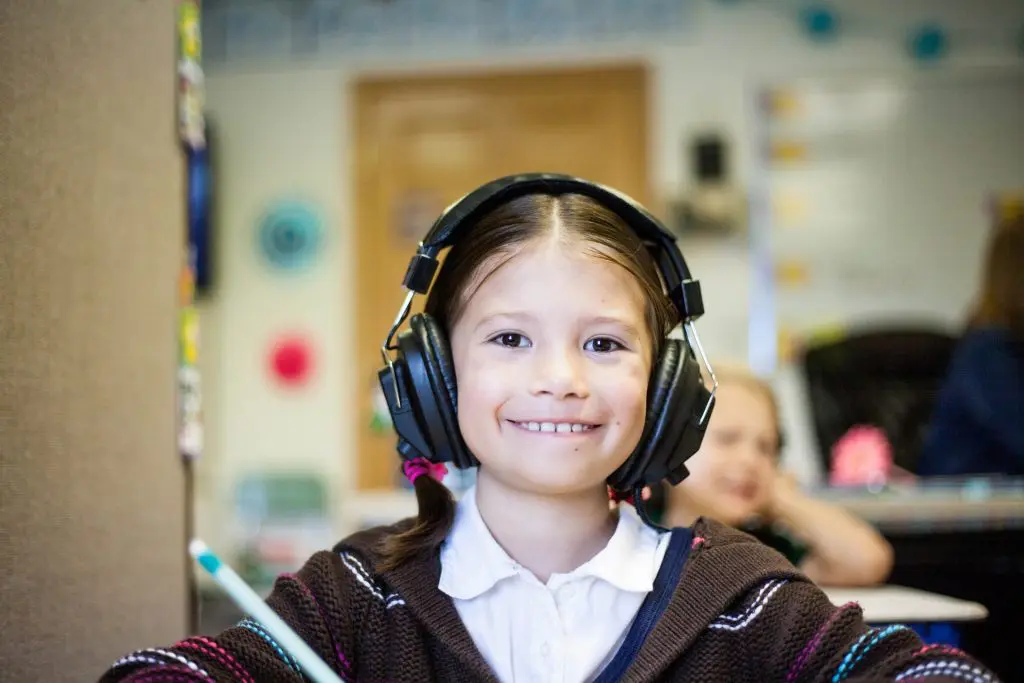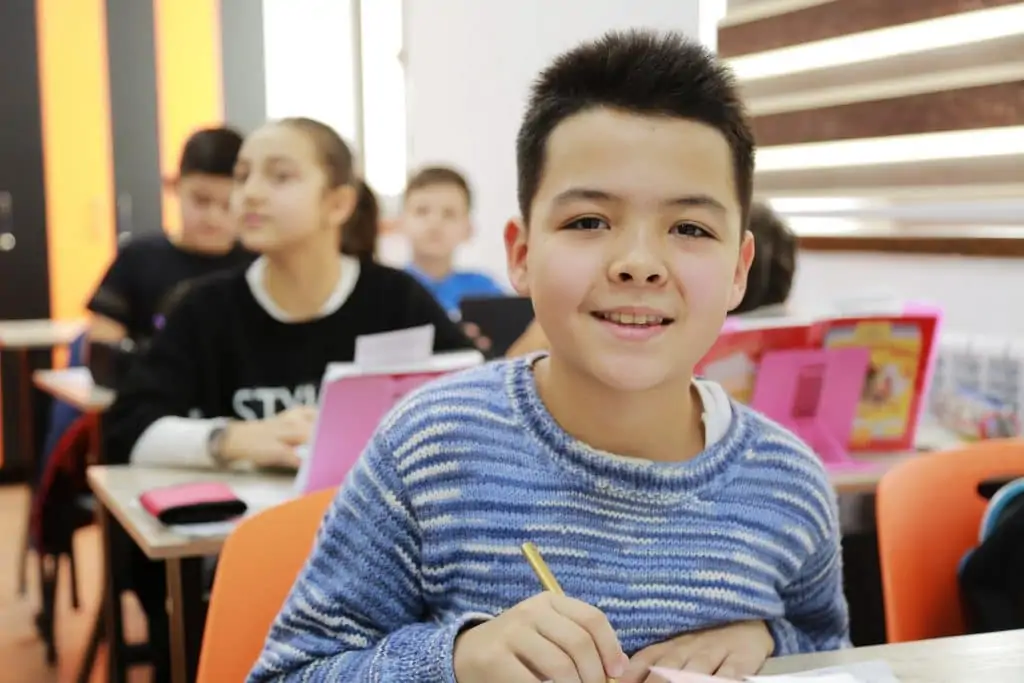Have you ever wondered why you learn differently from your friends? Do you learn better through images than through text? Do you have trouble retaining information while reading but can retain anything through lectures? If any of this is true, never fear, your learning style may be different from your peers. There are three types of learning styles, which include visual, auditory and kinesthetic. Knowing your learning style and using it properly is key to retaining information and doing well in school. Use this article to learn how to use them to excel in school.
 What are Learning Styles?
What are Learning Styles?
Although you may have heard of learning styles before it’s reasonable not to know precisely what learning styles are. Your style refers to one of 3 learning style theories which ultimately govern how we learn, retain, and process information. Your learning style can vary based on several factors like environment, experience, and so much more.
The classroom setting is most geared towards visual learner characteristics. Visual learners, although not the only style, make up a vast majority of the population. However, where does that leave everyone else?
We often don’t think about our learning style until an issue arises. However, knowing our learning style ahead of time allows us to utilize resources, strategies, and tools specifically for us that will aid is in how we work, study, and retain information.
Visual Learning Style
The first of the three types of learning is Visual. Students with a visual learning style learn better when things are seen. If you are a spatial visual learner, you retain information better when it is presented with images or demonstrations. These might include infographics, charts, maps, or diagrams. Generally, visual-spatial learners have a rough time grasping written words. If you are questioning whether you or your child are visual learners, there are several questions you can ask yourself.
- Do you or your child often forget what has been said to them?
- Do you or your child have trouble with spelling?
- Do you or your child like to build things?
- Do you or your child laugh when visualizing words in conversation?
Visual learners generally have trouble sitting through and remaining attentive during long lectures. When sitting through a lecture, they often need the information to be repeated. They excel in things like essays and maps. They also tend to be more adept to visualizing objects or scenarios.
When attempting to excel in the classroom, and increase the speed of learning, use the tips below to find learning strategies specific to visual learners.
- Visual learners should sit near the front of the classroom for a clear line of sight.
- When studying use flashcards to retain information.
- Studying or retaining information is more natural when making lists or mind maps.
- When note taking, use highlighting and annotation to mark things that are important or that need to be committed to memory.
- Use to do lists to stay better organized in and outside of class.
Teachers can aid in creating an inclusive environment for visual learners by using whiteboards, overheads, or presentations while lecturing to keep the visual learners’ attention. They can also accompany verbal directions with visual cues to stimulate their memory. To help students retain information faster or easier, use the tips below for creating an environment where visual learners will flourish.
- When creating handouts or presentations include color to keep students interested.
- Change your lectures to include, audio video and imagery to appease all learning styles.
- Encourage students to create flashcards to review course material.
Visual learners tend to take on a variety of career options. These options include artists, architects, engineers, and even sculptors. They excel in careers with a heavy visual emphasis.
Auditory Learning Style
Auditory Learners make up the second largest percentage of the population. They learn better through hearing and will generally retain 75% of what is heard. Auditory learners tend to keep and process information better when it is said or read aloud. They often do better when discussing things rather than merely reading them. Auditory learners are often the talkative ones in the classroom or the ones who like to tell jokes or stories. They enjoy music, learning foreign languages and may often be great speakers. They do not do well when asked to complete reading comprehension tests. If you believe you are an auditory learner, the following questions should hold.
- Do you or your child often notice the sound effects in movies or shows?
- Do you or your child repeat phone numbers in an attempt to commit them to memory?
- Do you or your child generally read slowly or prefer audio books?
- Do you or your child follow oral directions better than written ones?
Auditory learners can be very talkative and often assumed to be class clowns. They enjoy classroom activities which center around discussions and love to recite information out loud. These are generally the students who frequently participate in class. They are incredibly social, able to follow verbal commands, and excellent at oral presentations. If you believe you are an Auditory learner, use the strategies below for better information retention in the classroom.
- While in class, ask questions to obtain and retain information.
- While in class or lectures, use a tape recorder to record lectures and listen to them at a later time.
- When studying, listen to taped notes, and audio books.
- Group discussions are a great way to get information and facts.
- Do not sit in the back of the classroom. Sitting in the front makes it easier for auditory learners to listen intently.
- Use classical music or lyric-free music to help you focus while studying.
- Recite information while your eyes are closed to focus more on the information being said than what is visually in front of you.
Much like with the visual learning style, there are many ways for teachers or individuals responsible for teaching various learning styles to incorporate everyone. The items below will aid in keeping auditory learners engaged while teaching.
- Include a social element in your lessons which allow time for partner discussions, group experiments, and even skits.
- Allow students to listen to approved music or softly play classical music to keep students focused while working independently.
- Record lectures or allow the recording of lecture for students to play them back later.
Auditory learners tend to have careers centered around sounds, socialization, or intensive listening. These careers include broadcasters, radio personalities, judges, speech pathologist, or even musicians.
Tactile-Kinesthetic Learning Style
Lastly, individuals who have kinesthetic learning styles are also met with two subtypes. These include tactile-kinesthetic learners who learn by touch and kinesthetic learners who learn by movement. Individuals with a kinesthetic or tactile kinesthetic learning style tend to learn by doing. They remember best by experiencing things rather than reading or seeing them. These learners enjoy crafting or creating things. They also will most often not use the notes they take in class but do so to keep themselves busy. Essential questions to determine if you are a tactile-kinesthetic learner can be found below.
- Do you or your child prefer to walk, pace, or stand when learning something new?
- Are you or your child weak at spelling?
- Do you or your child find it difficult to sit down for extended periods?
- Do you prefer to show people things or act out situations instead of telling a story verbally?
Tactile-Kinesthetic learners retain information best when moving or being active. Therefore, learning in a classroom is their biggest challenge, as they are not set up to accommodate kinesthetic people. These individuals also perform well in courses like art or drama, which allow them to exert high levels of energy while providing continuous movement. Utilize the strategies below for better information retention in the classroom.
- While studying, play background music to help you stay focused.
- Create models for concepts and terminology for ease of remembrance.
- While studying, find a position that is most comfortable for you. Do not study or work, if possible, sitting straight up in a chair.
- Act out information or create skits to help you remember terms or concepts.
- Standing instead of sitting will improve the retention of information.
- Incorporate exercise into your study regimen. Take a walk while studying or allow someone to quiz you while performing a task.
- If you are unable to stand while listening to a lecture, incorporate small movements like twirling a pencil or twisting a rubber band so that you are not sitting completely still.
Kinesthetic students can be the hardest to accommodate as it is not always possible to allow them to move freely. If you are looking for ways to assist a kinesthetic learner, use the tips below to make them more comfortable with learning.
- Give students the freedom to stand or pace when working independently.
- Incorporate energizing activities like jogging in place or some movement in lectures.
Although kinesthetic people make up a small percentage of the population, they have some of the most needed and helpful professions. These professions include carpentry, farmers, coaches, and mechanics.
Understanding your learning style is only half the battle. After gaining an understanding of what your learning style is you must apply specific techniques to flourish in a school or work setting. The lists provided contain several methods separated by learning type which can be used to excel in school. Use these techniques to aid in retaining information faster or to keep you focused in the classroom.
What is my Learning Style?
If you are still struggling to pinpoint what your learning style is, never fear. Now that you are familiar with what learning styles are before you can begin to apply your learning style, you must first understand what style you are and what that means. As mentioned, there are three types of learning styles, visual, auditory, and kinesthetic. These are also known in abbreviated form as vak learning styles. There are several ways to determine what your learning style is; however, the easiest may be merely taking a vak learning styles test. There are different kinds of learners; some people may even have a combination of learning styles. To determine a person’s learning style, you must decide how students learn. As a child, you may experience various stages within each learning style. Your learning style ultimately affects the way you do everything. This includes thinking, learning, solving problems, and even relating to others.
For many individuals, not knowing your learning style may be a barrier to having increased learning speed. Once you are familiar with your learning style, you can apply techniques specific to your Vak learning style to succeed in the classroom and ultimately learn faster. However, as you grow older, you may notice that your learning style changes with time. Don’t worry that is natural. Everyone has different ways of learning, and as you evolve, your learning style does too. Use the tips in this list to help you excel in school and even become more conscious of why people may behave a certain way around you.
Have you ever heard of inquiry learning in class? Then you may find this post on inquiry based learning style helpful.
Here are some other high school study tips articles that you may find interesting:
> Visual Learner Study Tips and Test Taking Strategies
> When Is the Best Time to Study For Your Brain?

 What are Learning Styles?
What are Learning Styles? 










